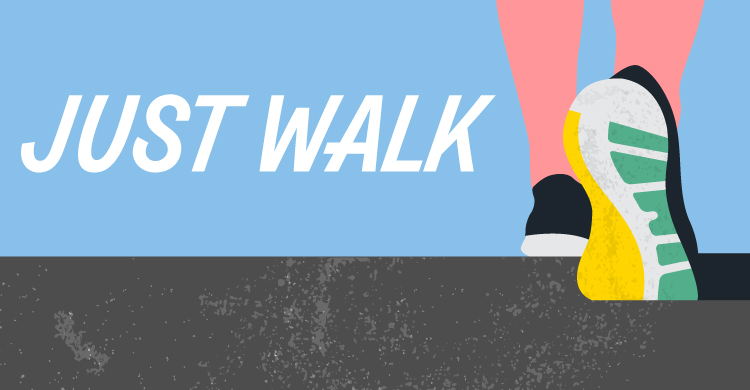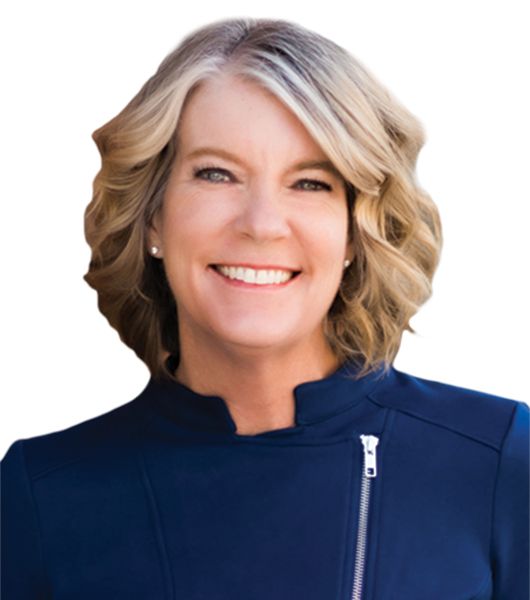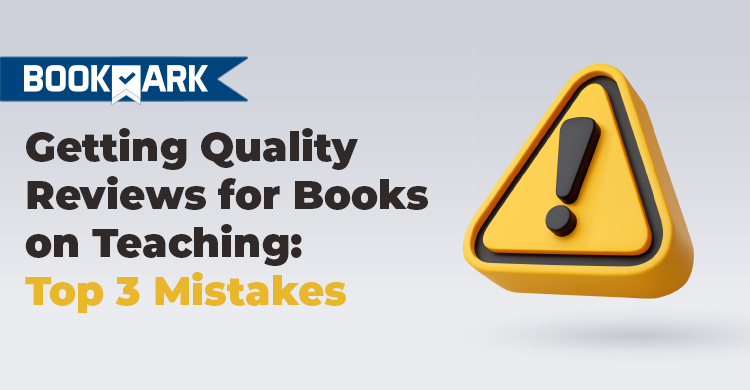When Solution Tree invited me to write a blog post in response to the horrifying news coming out of Uvalde, Texas, I immediately said yes. If I could help provide some soothing words to my fellow educators, it would be an honor.
The first line of my bio states that I’m a fierce advocate for educators, and it’s the absolute truth. I’ve built my career around this one fundamental question: How can we take exquisite care of the adults in our schools so that they can take exquisite care of students? It’s the question that keeps me awake at night, particularly during the past few years.
As I watched educators maneuver through COVID and the challenges of online teaching and learning, I tried to hold space and offer up everything I had in terms of wellness strategies centered around the adults so that they were able to keep showing up for their students in the face of so much uncertainty and fear. It’s the work I continue to do to this day.
Maslow’s hierarchy of needs
During my workshops and webinars, I utilize both Maslow’s hierarchy of needs and the Wellness Solutions for Educators Framework™ that I created with my coauthor and friend Timothy D. Kanold to address adult social-emotional learning (SEL). In the majority of my sessions, I emphasize the second level of Maslow’s hierarchy and the emotion of anxiety. Level two is safety, which involves order, predictability, and fairness (Marzano et al., 2017). When we consider how COVID has impacted us as educators (and as humans in general), I quickly connect us to this level because so much of what we’ve lost is our sense of order (everything felt out of control), predictability (we completely lost our ability to plan for the future), and fairness (none of this was fair—especially for educators and students).
Feeling unsafe can contribute to anxiety (Rakshit, 2021), and this connects directly to the third dimension of our Wellness Solutions for Educators Framework, which asks us to identify our emotions as the starting place for addressing emotional wellness. Overwhelmingly, the most common emotion I’ve heard cited by educators since 2020 has been anxiety.
This mirrors the findings of the Yale/CASEL survey conducted in 2020, which asked over 5,000 educators to describe, in their own words, the most frequent emotions they felt each day. The five most cited feelings were anxious, fearful, worried, overwhelmed, and sad (Cipriano & Brackett, 2020). This also reflects all that I was hearing from my non-educator friends. Our entire world was anxious, especially in 2020 and 2021.
As we moved through 2022, I started to hear some different, more positive responses: words like hopeful, grateful, and happy found their way to the surface as we all took a collective breath when the end of the school year began to appear on the horizon. At the start of May, educators began to say things to me like, “If we can just make it to summer, we’re going to be able to take a break, and we’ll be okay again. We can do this.”
And then it happened.
A wake-up call for change
When I first saw the news via my phone, I was standing in our kitchen in our home in Denver, Colorado, getting ready to head to the airport to fly out for a workshop the following day. As I held the phone, reading the headlines, my hands started shaking, and I just kept repeating, “Oh no. No, no, no, no,” over and over again as my husband moved toward me, seeking to understand. I looked up at him, showing him the news on my phone, my hands trembling, mumbling: “Not again. No. This isn’t possible. No.”
By the time I got to my hotel that evening, the news out of Uvalde had brought me to my knees. It was Sandy Hook in 2012 all over. Babies. They’re just babies. I was glued to the news for hours upon hours even though I knew it wasn’t helpful. I couldn’t turn away. I felt like I needed to bear witness to these families and to these educators.
I was in a daze for the next few days, slipping easily between feelings of white-hot rage, despair, deep sadness, and horror. Those students. Those families. That community. Those teachers. They’re us. They’re all of us. As educators, those students are our students. Those families are our families. That community is our community. Those teachers are our teachers.
After what was arguably the most challenging year of their entire careers, the tragedy of Robb Elementary School left educators feeling raw. Just as we were starting to find our footing again, the rug got pulled out from underneath us. Our sense of safety had been devastated—again. Our anxiety was back, stronger than ever.
In our Wellness Solutions for Educators Framework, we ask educators to first bring awareness to their emotions and then spend some time understanding where those emotions are coming from. From there, we rely on mindfulness practices to help us move through these emotions, particularly the challenging ones.
And so that’s exactly what I did.
I started walking—as a mindfulness strategy.
When I don’t know what to do or I feel overwhelmed by big emotions, I walk. I’ve always been a walker, but I really upped my walking game during the lockdown months of COVID. In the morning, I’d head out the front door and walk for mile after mile as a way to re-center myself in a world that felt scary and unsteady. Often, my husband and our dog came with me, but I also appreciated the solitude of a walk by myself.
I like to refer to my walks as AAWs, or Attitude Adjustment Walks, a term coined by my mom, as a way to recognize the power of a walk to combat strong, challenging emotions. Feeling cranky? Walk. Feeling angry? Walk. Feeling irritated? Walk. After a long workday, I’ll lace up my shoes and announce to my husband that I’m heading out on an AAW, and he’ll simply nod in understanding and say, “Enjoy.”
I am part of a super supportive fitness group, and they’ve taken the term and expanded it to include AARs (Attitude Adjustment Runs), AAHs (Attitude Adjustment Hikes), and AAPs (Attitude Adjustment Peloton-ing). At least once a week, one of these acronyms will pop up in our accountability thread, and we’ll all respond with likes, loves, and care reactions.
The power of a walk
As I processed the emotions tied to Uvalde, I walked, and I cried. I walked, and I stomped my feet with rage. I walked in silence. I walked quickly. I walked slowly. I walked, named my emotions, and identified their root cause. I found both fear and immense sadness at the core of my emotions, and the walking helped to move through those feelings. It certainly didn’t fix anything, but it helped. “Mindfulness helps us learn how to respond to our emotions and not merely react to them” (Kanold & Boogren, 2022, p. 54), and according to the CDC, walking can reduce anxiety (2022).
I so wish I could take away the anxiety and the fear. I wish I could make things better. My God, how I wish I could do that for you, dear reader. But I can’t. Instead, what I can offer is one small, very tangible idea of what to do when everything feels like too much: walk. Just walk. Walk around your school your neighborhood, or your house. Walk in the sunshine, the rain, the wind. Walk for miles or for minutes. Walk alone or with a colleague or with your partner. Just walk.
In their phenomenal book Burnout: The Secret to Unlocking the Stress Cycle (2020), authors Emily and Amelia Nagoski remind us that wellness is a state of action. They recommend physical movement as a way to move stress out of the body. This is what my walks do for me. If walking isn’t your thing, you can do any other type of physical movement, including dancing in your kitchen. Or maybe you want to punch a pillow or stomp your feet—do it. These all count as physical movement. Try out all the options until you find the one that feels the best for you. Just move. Move big, move small; just move until you can feel your emotions shift.
Because we need you, and we need you to be well.
Works Cited:
Centers for Disease Control and Prevention. (2022, June 3). Walking. Retrieved June 29, 2022, from https://www.cdc.gov/physicalactivity/walking/index.htm
Cipriano, C. C. C., & Brackett, M. B. M. (2020, April 30). How to support teachers’ emotional needs right now. Greater Good. Retrieved June 29, 2022, from https://greatergood.berkeley.edu/article/item/ how_to_support_teachers_emotional_needs_right_now
Kanold, T. D., & Boogren, T. H. (2022). Educator wellness: A guide for sustaining physical, mental, emotional, and social well-being. Solution Tree Press.
Marzano, R. J., Scott, D., Boogren, T. H., & Newcomb, M. L. (2017). Motivating and inspiring students: Strategies to awaken the learner. Marzano Resources.
Maslow, A. H. (1943). A theory of human motivation. Psychological Review, 50(4), 370–396.
Nagoski, E., & Nagoski, A. (2020). Burnout: The secret to unlocking the stress cycle. Ballantine Books.
Rakshit, D. (2021, November 18). Why anxiety can sometimes make people feel unsafe even in safe environments. The Swaddle. Retrieved June 29, 2022, from https://theswaddle.com/why-anxiety-can-sometimes-make-people-feel-unsafe-even-in-safe-environments/







